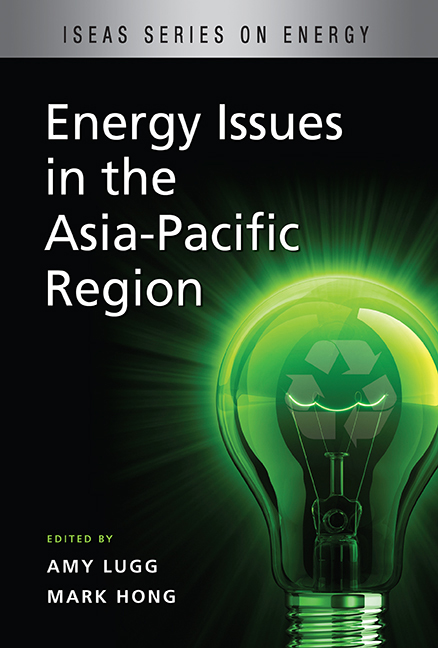Foreword
Published online by Cambridge University Press: 21 October 2015
Summary
How energy needs can be met will be the greatest global challenge in the coming decade.
Up to the point before the financial tsunami lashed upon all our shores, the relentless increase in the demand for energy to feed burgeoning global economic growth had led to a US$150/barrel oil. The impact of this high oil price alone on food, competition for resources and ultimately on costs of living was cause for significant concern.
Implicit in this was the element of security of food, energy and resources needed for economic growth.
Notwithstanding the current recession, these concerns have not gone away. Before the recession, producers were preparing to increase production to meet demand. Many of these projects were deferred later due to the ensuing fall in demand. Without these investments to increase production capacity, another supply crunch and high oil price may arise when economic recovery begins.
While high oil price is bad for the economy and cost of living, it is perversely good for other reasons. There were many anecdotes of consumers around the world and in Singapore adjusting their purchases and consumption habits to minimise waste and ensure energy is used efficiently.
The world will enter into the Copenhagen round of talks at the end of 2009 to hammer out an agreement to curb climate change. Central to the agreement will be how much reduction in the emission of greenhouse gases such as carbon dioxide each country can offer to make.
The global economy is still fuelled primarily by carbon fuels and this is not likely to change in the foreseeable future unless there is a new technology that can curtail carbon dioxide emissions. The challenge will be how economic growth can be secured with less fuel to feed it. Much can be done before that point is reached.
Singapore has switched from oil to gas for power generation and this has significantly reduced Singapore's carbon dioxide footprint. The Singapore Government has also been promoting energy efficiency on several fronts.
- Type
- Chapter
- Information
- Energy Issues in the Asia-Pacific Region , pp. vii - viiiPublisher: ISEAS–Yusof Ishak InstitutePrint publication year: 2010



